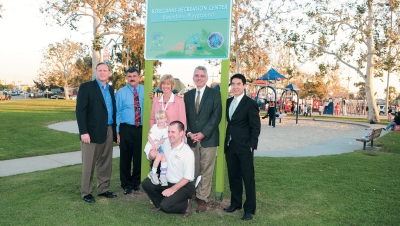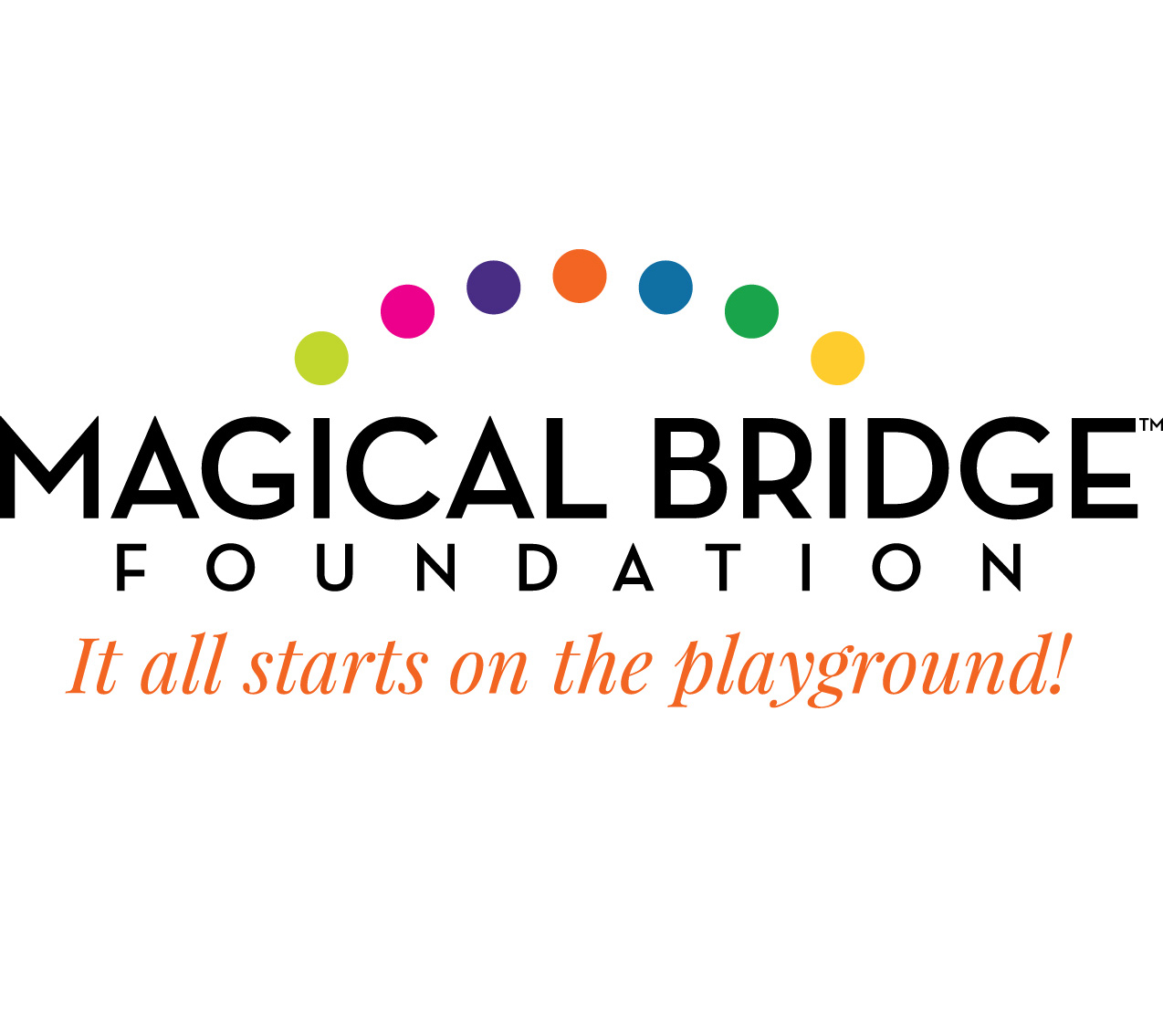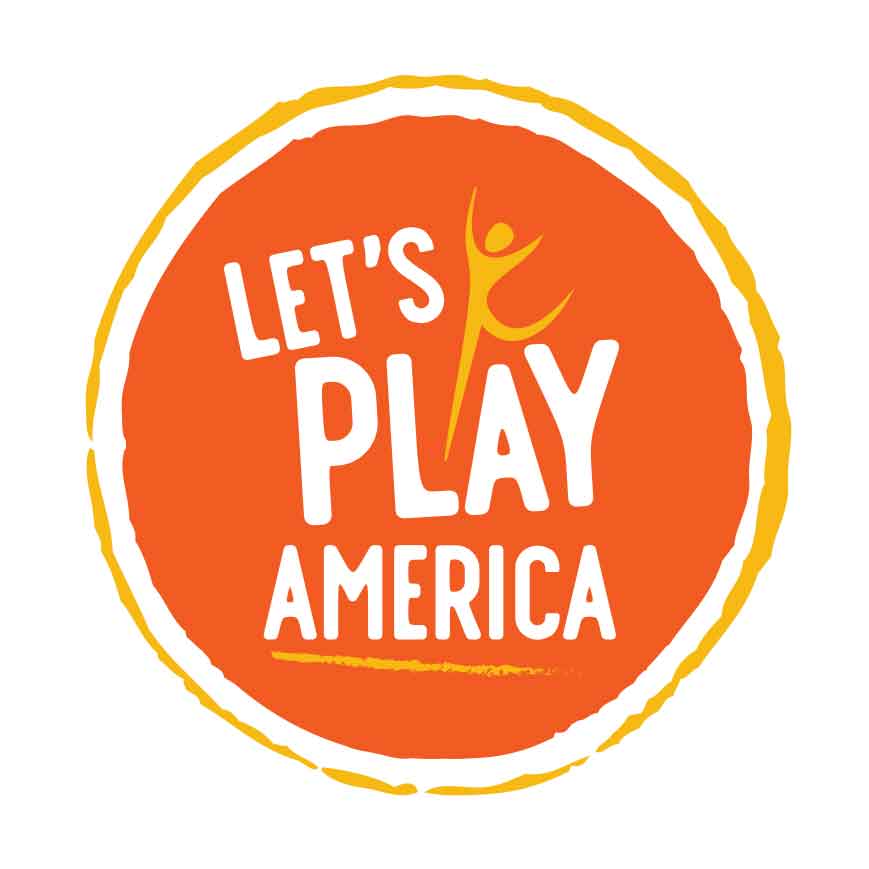Tips for Teachers: How to Create an Inclusive Classroom Environment
Many schools and teachers had for long been inclined towards providing specific classroom settings for students with learning or physical limitations. However, the benefits of creating an inclusive classroom environment for all students have seen a major shift towards this trend. An inclusive classroom environment entails ensuring equal access to learning and providing the same opportunities to achieve for all students regardless of the student’s specific needs or learning/physical limitations. As a result, students who need additional support benefit from the inclusive settings in terms of behavior, relationships, and academics. Students that are more able also benefit from the additional support provided.
So, how do you make your classroom environment that accommodates the needs of all your learners? Here are five ideas to get you started.
-
Know every student’s specific needs
Creating an inclusive learning environment for all students starts with knowing the specific needs of every student. This goes beyond being aware of physical disabilities and special educational needs. You need to be aware of other barriers that inhibit learning for each student in your classroom. Be aware of students who come from single parents families, who are in foster care, who come from low-income families, who have language limitations among other vulnerabilities.
When you are aware of these specific needs, it becomes easier to consider all aspects in creating a respectful environment for all. You are able to create a safe, tolerable, and understanding environment considering the needs of each of your students.
-
Avoid comparing students’ progress with that of others
The worst thing that you can do for any student is comparing their progress with that of their peers. This can be so disheartening especially for students who have limitations that inhibit their progress. In fact, even the students that you deem more able might start getting comfortable and stop improving.
To create an inclusive environment, it is best to focus on individual growth. If you must compare, use their last performance to help them identify the areas that they need to focus on. For the students who don’t show any progress, it is important to make them feel as capable of improving in the future. By helping them identify the areas for improvement, you are making them feel included and actively engaged in the learning.
-
Seek professional help
Creating an inclusive classroom environment isn’t always easy especially where you lack enough knowledge about children and childhood. If you are limited in this area, it is wise to find professional help from individuals who have the knowledge. Look for scientists who specialize in children and childhood to equip you with the knowledge that you need to deal with the specific needs of your students. You can also ask them to write papers on this subject that you can share with your colleagues so that you can stay informed. You can find the best children and childhood experts online on a freelance medical writer’s website.
-
Adopt an inclusive way of teaching
Adapting to each of your student’s needs can be challenging and takes time. It is also not easy to provide an opportunity for all of them to learn at the same pace. However, you can make simple modifications in your teaching that can make every child feel included.
For instance, try to learn their names quickly to make them feel valued. You can start with a few names and grow from there. It is also helpful to use inclusive language such as avoiding gender-specific pronouns. Another important tip here is to use diverse examples in your teaching.
-
Foster a supportive peer culture
An environment where students trust and respect each other is a conducive learning environment for all students. It promotes fairness in diversity where all students feel secure and comfortable around their peers. To achieve this, empower your students to trust and respect each other. Teach them the importance of showing empathy and kindness to one another. Encourage them to support each other and create opportunities for them to do so.
Conclusion
Every child needs to feel valued with a sense of belonging. An inclusive environment gives this to all students. By creating an inclusive environment, you are helping not only the students who require additional help, but you are also impacting the other students to become better individuals. Strive to know the specific needs of every child in your classroom and avoid comparing their progress. Encourage all children to be supportive of their peers. It also helps to use an inclusive way of teaching. Lastly, seek professional advice so that you can be more informed.












